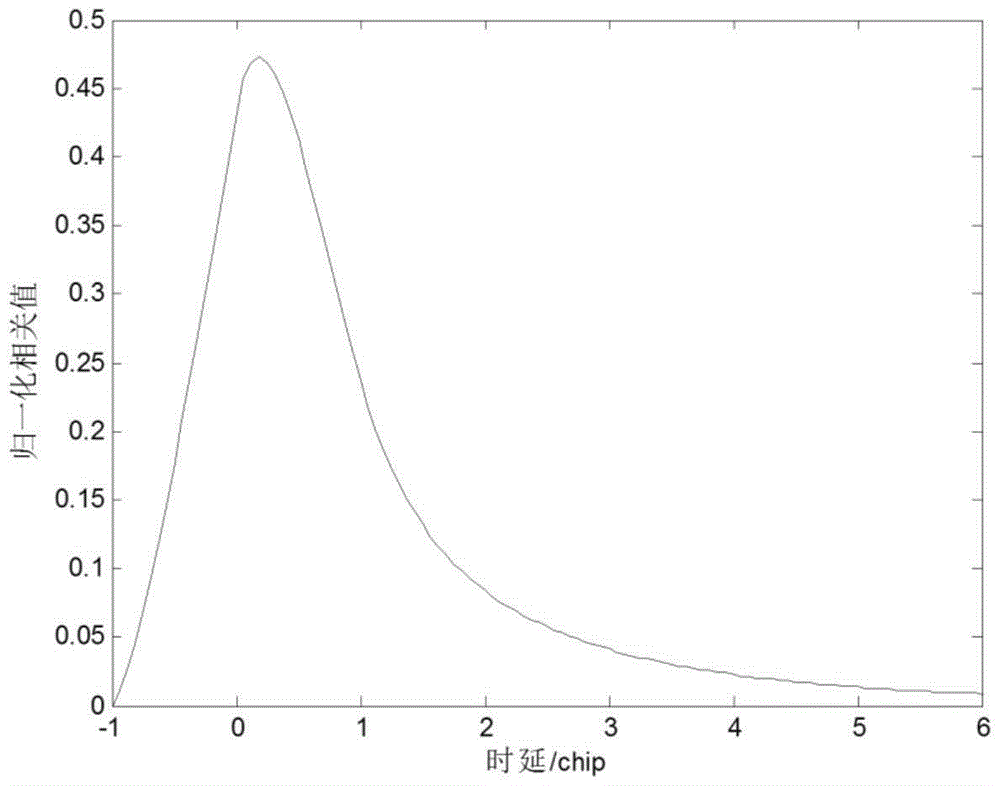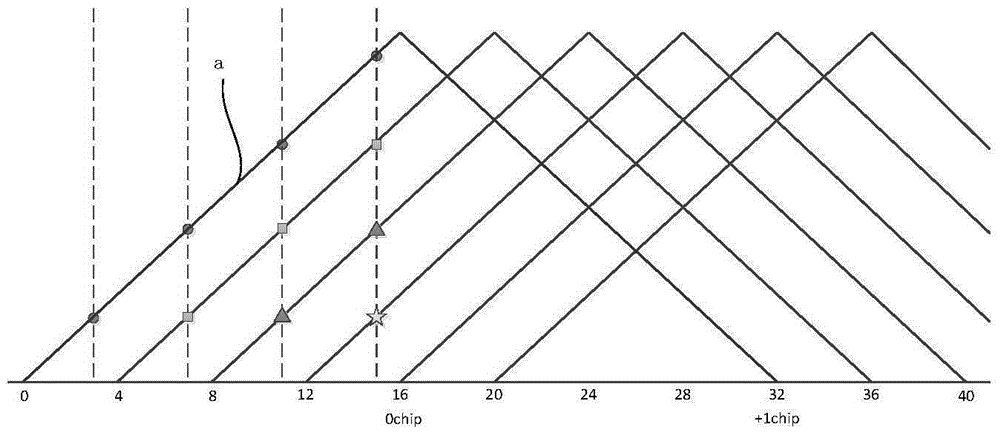On-board GNSS marine reflection signal generation method
A technology of ocean reflection signals and reflection signals, which is applied in the GNSS-R field, can solve the problems of high manpower and material resources, poor repeatability, and strict requirements for test scenarios, and achieve the effect of simplifying complex phenomena and being easy to implement in engineering
- Summary
- Abstract
- Description
- Claims
- Application Information
AI Technical Summary
Problems solved by technology
Method used
Image
Examples
Embodiment Construction
[0017] The present invention will be further described in detail with reference to the accompanying drawings and embodiments.
[0018] The present invention is a kind of generation method of airborne GNSS ocean reflection signal, and the process is as follows figure 1 shown, including the following steps:
[0019] Step 1. Obtain the correlation power curve of the GNSS ocean reflection signal through the ZV model (the sea surface wind field model established by Zavorotny and Voronovich), normalize the direct signal, and obtain the normalized correlation curve of the reflection signal;
[0020] Specifically:
[0021] (1) Set the basic parameters of the receiver and satellite.
[0022] Before setting parameters, select the local scattering coordinate system, that is, set the specular reflection point as the origin of the coordinate system, and the navigation satellite, receiver and specular reflection point are in a plane. The parameters about the receiver are: receiver altitu...
PUM
 Login to View More
Login to View More Abstract
Description
Claims
Application Information
 Login to View More
Login to View More - R&D
- Intellectual Property
- Life Sciences
- Materials
- Tech Scout
- Unparalleled Data Quality
- Higher Quality Content
- 60% Fewer Hallucinations
Browse by: Latest US Patents, China's latest patents, Technical Efficacy Thesaurus, Application Domain, Technology Topic, Popular Technical Reports.
© 2025 PatSnap. All rights reserved.Legal|Privacy policy|Modern Slavery Act Transparency Statement|Sitemap|About US| Contact US: help@patsnap.com



